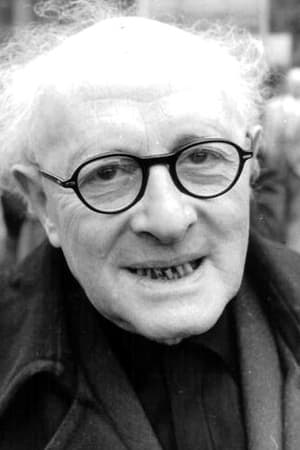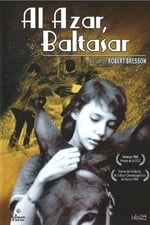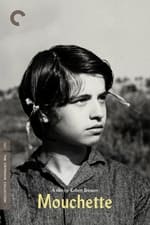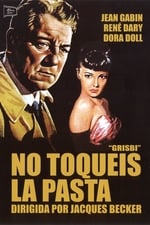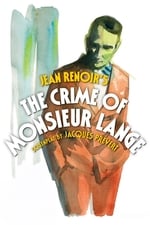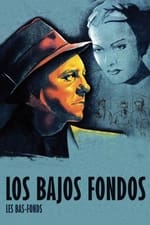Información personal
Conocido por Sonido
Créditos conocidos 79
Sexo Masculino
Fecha de nacimiento 19 de marzo de 1896
Fecha de defunción 8 de junio de 1982 (86 años)
Lugar de nacimiento Paris, France
También conocido como
- -
Puntuación del contenido
100
¡Sí! ¡Buena pinta!
Iniciar sesión para informar de un problema
Biografía
Jean Wiener (or Wiéner) (19 March 1896, 14th arrondissement of Paris – 8 June 1982, Paris) was a French pianist and composer.
Wiener was trained at the Conservatoire de Paris, where he studied alongside Darius Milhaud, and worked with Erik Satie. He then embarked on a career as concert impresario, composer and pianist. He was the house pianist at the Gaya bar, and later at Le Boeuf sur le Toit. In 1924, a chance encounter with Clement Doucet (who succeeded him at Le Boeuf) brought him into the world of popular music. Already a jazz enthusiast, Wiener found fame with Doucet in the music hall s of Europe as a piano duo, under the name "Wiener et Doucet" in which they performed classical music, hot dance and jazz. The two friends recorded many duos between 1925 and 1937. After the end of the war in 1945, Wiener devoted himself fully to composition, notably film music (working on more than 300), as well as the opening theme music for ORTF's film history program "History speechless" (History without words).
He was of some significance in the promotion of new music, both by his friends in the Les Six (Milhaud, Poulenc, etc.), and by composers such as Schoenberg, Berg and Webern. His compositions involve the use of jazz informed by French wit and elegance.
His daughter, Elizabeth Wiener, is an actress, singer and singer-songwriter.
Jean Wiener published his memoirs in 1978 as Allegro Appassionato.
Source: Article "Jean Wiener" from Wikipedia in English, licensed under CC-BY-SA 3.0.
Jean Wiener (or Wiéner) (19 March 1896, 14th arrondissement of Paris – 8 June 1982, Paris) was a French pianist and composer.
Wiener was trained at the Conservatoire de Paris, where he studied alongside Darius Milhaud, and worked with Erik Satie. He then embarked on a career as concert impresario, composer and pianist. He was the house pianist at the Gaya bar, and later at Le Boeuf sur le Toit. In 1924, a chance encounter with Clement Doucet (who succeeded him at Le Boeuf) brought him into the world of popular music. Already a jazz enthusiast, Wiener found fame with Doucet in the music hall s of Europe as a piano duo, under the name "Wiener et Doucet" in which they performed classical music, hot dance and jazz. The two friends recorded many duos between 1925 and 1937. After the end of the war in 1945, Wiener devoted himself fully to composition, notably film music (working on more than 300), as well as the opening theme music for ORTF's film history program "History speechless" (History without words).
He was of some significance in the promotion of new music, both by his friends in the Les Six (Milhaud, Poulenc, etc.), and by composers such as Schoenberg, Berg and Webern. His compositions involve the use of jazz informed by French wit and elegance.
His daughter, Elizabeth Wiener, is an actress, singer and singer-songwriter.
Jean Wiener published his memoirs in 1978 as Allegro Appassionato.
Source: Article "Jean Wiener" from Wikipedia in English, licensed under CC-BY-SA 3.0.
Sonido
|
|||||||||||||||
|
|||||||||||||||
|
|||||||||||||||
|
|||||||||||||||
|
|||||||||||||||
|
|||||||||||||||
|
|||||||||||||||
|
|||||||||||||||
|
|||||||||||||||
|
|||||||||||||||
|
|||||||||||||||
|
|||||||||||||||
|
|||||||||||||||
|
|||||||||||||||
|
|||||||||||||||
|
|||||||||||||||
|
|||||||||||||||
|
|||||||||||||||
|
|||||||||||||||
|
|||||||||||||||
|
|||||||||||||||
|
|||||||||||||||
|
|||||||||||||||
|
|||||||||||||||
|
|||||||||||||||
|
|||||||||||||||
|
|||||||||||||||
|
|||||||||||||||
|
|||||||||||||||
|
|||||||||||||||
|
|||||||||||||||
|
|||||||||||||||
|
|||||||||||||||
|
|||||||||||||||
|
|||||||||||||||
|
|||||||||||||||
|
Interpretación
|
||||||
|
||||||
|
||||||
|
||||||
|
||||||
|
||||||
|
||||||
|
||||||
|
